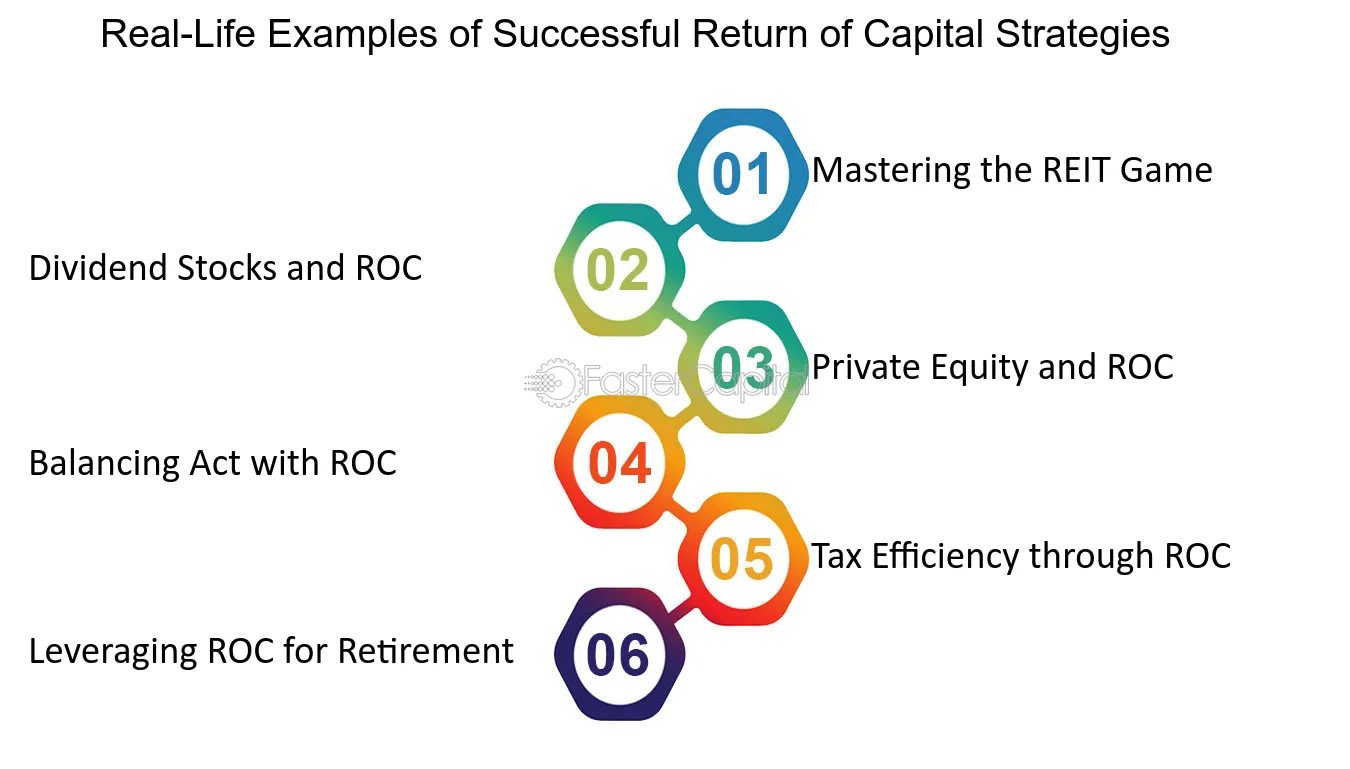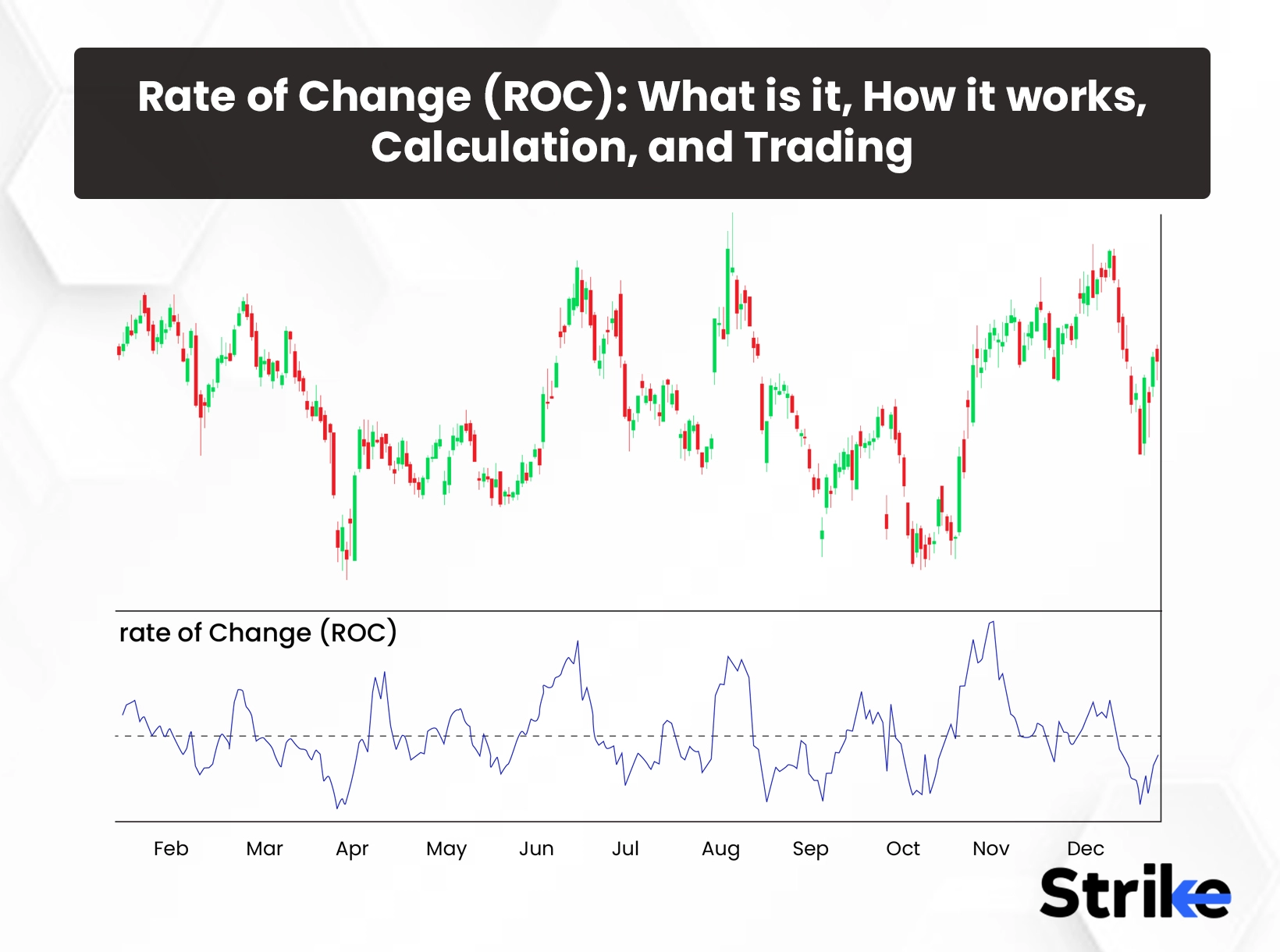What is Return of Capital?
Return of Capital (ROC) is a financial term that refers to the distribution of funds to investors from a company or investment vehicle. It represents the return of an investor’s original investment, rather than the return on investment (ROI) generated by the company or investment.
When a company or investment vehicle returns capital to its investors, it is essentially giving back a portion of the initial investment made by the investors. This can occur in various forms, such as cash distributions, stock buybacks, or other forms of value returned to the investors.
Return of Capital is often used in situations where a company or investment vehicle has generated excess cash or has completed a specific project or transaction. It can also be used to return capital to investors when the company or investment vehicle is winding down or liquidating its assets.
Importance of Return of Capital
Return of Capital is an important concept for investors as it allows them to recoup their initial investment and reduce their risk exposure. By receiving a return of their capital, investors can effectively reduce their investment in a particular company or investment vehicle, allowing them to reallocate their capital to other investments or use it for other purposes.
Return of Capital is particularly relevant for investors in hedge funds and private equity funds, where the return of capital is a common occurrence. These funds often have a specific investment horizon and strategy, and returning capital to investors allows them to meet their investment objectives and manage their portfolio accordingly.
Conclusion

How Does Return of Capital Work?
Return of Capital (ROC) is a financial concept that refers to the distribution of funds back to investors or shareholders. It is a method used by companies or investment funds to return a portion of the original investment to the investors.
When a company or investment fund generates profits or has excess cash, it may choose to distribute some of that money back to its investors. This can be done through a return of capital, where a portion of the original investment is paid back to the investors.
Return of capital can be seen as a way to provide liquidity to investors and allow them to access their funds. It is often used in situations where a company or fund has generated significant profits and wants to reward its investors or shareholders.
Return of capital can also be implemented through the distribution of assets. For example, if a company decides to sell some of its assets, it may distribute the proceeds from the sale back to the investors.
It is important to note that return of capital is different from a return on investment (ROI). Return of capital refers to the distribution of the original investment, while return on investment refers to the profits or returns generated from the investment.
Return of capital can have different tax implications for investors. In some cases, it may be treated as a return of principal and not subject to taxes. However, it is important for investors to consult with a tax professional to understand the specific tax implications of return of capital in their jurisdiction.
Examples of Return of Capital

Return of Capital (ROC) is a financial term that refers to the distribution of funds to investors that is not considered as a return on investment. Instead, it is a return of their initial investment. Here are some examples of how ROC works:
- Real Estate Investment Trusts (REITs): REITs are companies that own, operate, or finance income-generating real estate. When investors invest in a REIT, they receive regular distributions, which can include both dividends and ROC. The ROC portion represents a return of the investor’s original capital.
- Mutual Funds: Mutual funds are investment vehicles that pool money from multiple investors to invest in a diversified portfolio of securities. Some mutual funds may distribute ROC to their investors, especially if they have realized capital gains from selling securities within the fund. This allows investors to receive a portion of their investment back without incurring taxes on the distributed amount.
- Private Equity: Private equity firms raise capital from investors to acquire and invest in private companies. When these firms sell their investments or take them public, they may distribute a portion of the proceeds to their investors as ROC. This allows investors to recoup their original investment before receiving any additional returns.
- Master Limited Partnerships (MLPs): MLPs are publicly traded partnerships that operate in the energy sector, such as oil and gas pipelines. MLPs often distribute a significant portion of their cash flows to investors, including ROC. This distribution is typically tax-advantaged, as it is considered a return of the investor’s capital.
- Business Development Companies (BDCs): BDCs are investment companies that provide financing to small and mid-sized businesses. They often distribute ROC to their investors as a way to return a portion of their original investment. This can be beneficial for investors who want to receive some liquidity without selling their shares.

Emily Bibb simplifies finance through bestselling books and articles, bridging complex concepts for everyday understanding. Engaging audiences via social media, she shares insights for financial success. Active in seminars and philanthropy, Bibb aims to create a more financially informed society, driven by her passion for empowering others.
